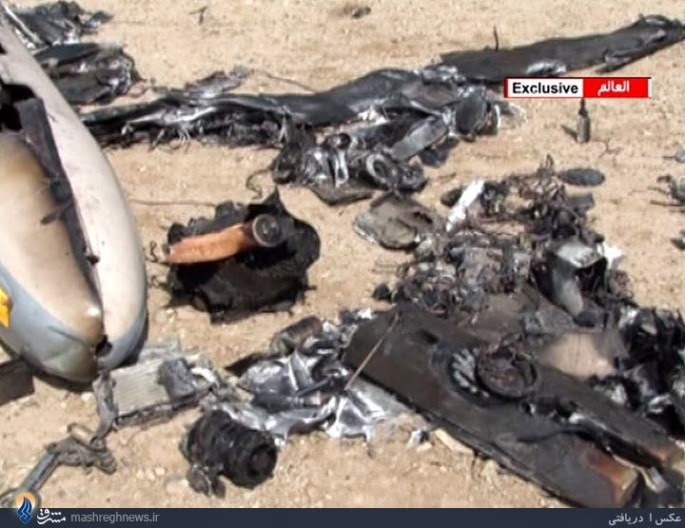On July 22, a team of paratroopers, stationed in a house in Gaza, took fire from locations unknown. “There are terrorists in the area,” a radio operator on the ground said. “They are dynamic. We need you to help locate them.”
The pilot of an aircraft, identifying himself by the call name Tzofit, chimed in: We are above you. We can see them firing.
The pilot then presumably relayed the precise location of the gunmen to the troops, who responded by saying, to the rather surprised pilot, “The location you’re talking about, I’m inside on the second floor.”
“You’re inside the house and the terrorists are in the same house, one floor above you?” the pilot asked, on a video released by the army.
“Yes, exactly,” the infantryman said.
Moments later the pilot spotted the operatives sprinting through a date orchard and down a street. “We followed them and destroyed them,” he told the soldiers on the ground.
“If you destroyed them, then I’m relaxed, because they were firing at us,” the infantryman said.
“I know. You can be relaxed,” the pilot responded. “We’re above you.”
The fact that the ground troops and the air force were able to communicate, accurately locate one another, and destroy the enemy is not entirely new. The technology has existed in theory for several years. But Operation Protective Edge, the first large scale operation in which the IDF’s Digital Army Program was widely used, saw a greater interconnectivity of forces than ever before – a fact that helped thwart an array of infiltration attempts, streamlined offensive missions, and, presumably, reduced the likelihood of friendly fire.
Two officers from the IDF’s computers directorate, known as C4I (Command, Control, Communications, Computers and Intelligence), discussed the army’s digital trial by fire during the past month or so of warfare.
“The command and control systems were used to unprecedented effect,” said Maj. Moran Mayorchik, the commander of the tactical connectivity department in the IDF’s C4I Directorate.
Explaining how the systems work, she said that video and camera footage from a wide array of sources is funneled back from the field to a central core and from there streamed forward, either automatically or based on an HQ staff officer’s decision, to the appropriate commanders in the field.
The soldiers not only receive the relevant footage but can also keep track of enemy and friendly forces on a digital map. If they have questions about a certain locale, Mayorchik said, they can post queries into the system.
For example, Mayorchik said, a battalion commander in the field, curious to know what is happening several blocks ahead, can ask for a view of a certain intersection, if available, or for input from other troops, in the air, land or sea. “And that situational picture is common to everyone,” she said.
Cap. Nitzan Malka, the commander of the tactical forecasting desk at the C4I Directorate, noted the role of Radio over Internet Protocol. Where once Special Forces troops had to carry a special radio to so much as speak with the air force on its own frequency – and other troops had to relay information back and forth through, at best, one HQ – today the frequency gap is bridged by RoIP technology.
“Take Zikim,” said Malka. During that July 8 infiltration to Israel, a large squad of Hamas frogmen swam from Gaza to Israel. Navy radars picked up the movements on the surface of the water. The warning was passed on to the military intelligence directorate’s surveillance operators along the coast. A private, manning one of the screens on the Zikim base, spotted the men emerging from the water; the video footage and the warning was delivered simultaneously to infantry troops in the vicinity and to available aircraft. Both engaged the enemy, killing the infiltrators. “There used to be islands of communication,” said Malka, where each force in the field reported back to its headquarters from its distinct vantage point. “Today it’s connected.”
There are dangers, though. Commanders can be overloaded with needless information, an unnecessary and possibly fatal distraction during combat. The army, reliant on reservists in a time of war, can advance to a place where reservists are unfamiliar with the new systems and lack the time to learn. And new recruits, constantly fondling electronic toys, can neglect the basics of map-reading, which can prove especially necessary during a time of technical malfunction.
Mayorchik acknowledged the dangers, but said that the advantages of knowing what lurks behind a dark corner, knowing “the color of the shirt the enemy is wearing,” creates a true “common language” between the forces in the field. With the pace of technological advances today, she said, “the sky is the limit.”







